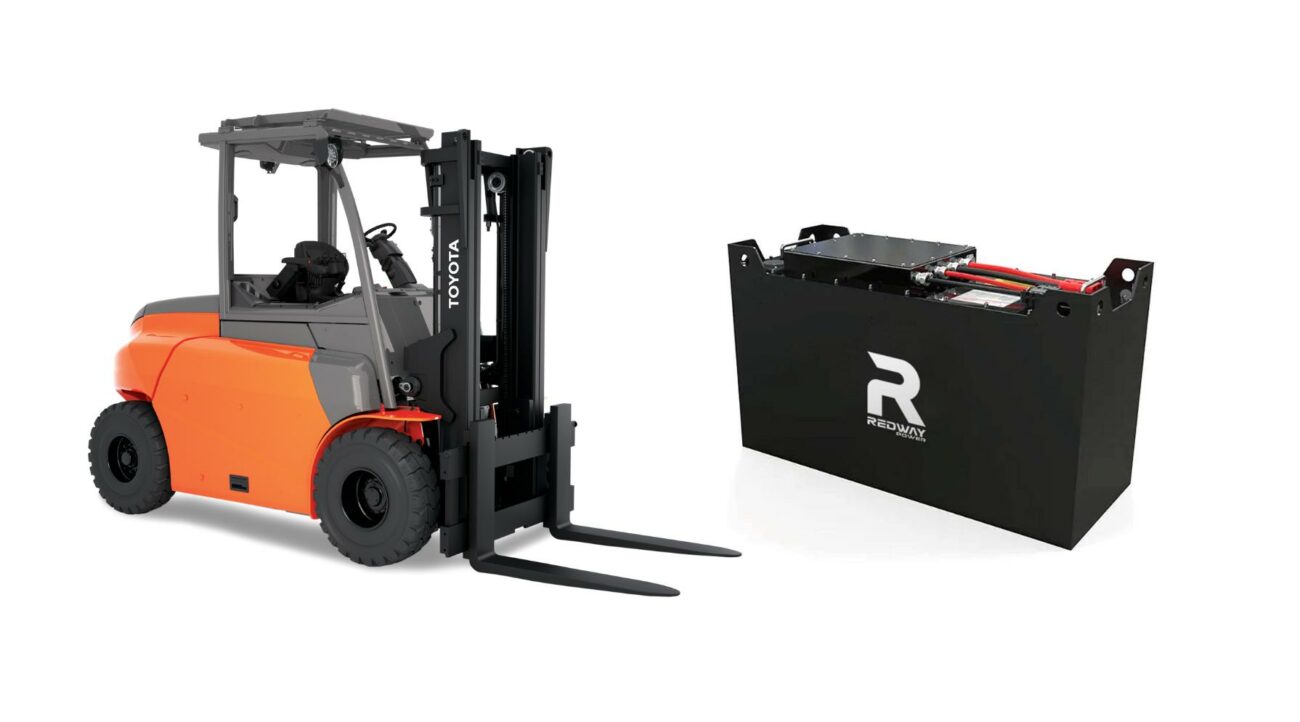Why Data-Driven Lithium-Ion Batteries Are Revolutionizing Industrial Mobility
In an era where smart technology permeates everything from smartphones to electric vehicles, lithium-ion batteries powering forklifts are undergoing their own digital transformation. While most discussions about battery innovation focus on consumer applications like eBikes, the industrial sector is quietly leading a data revolution that offers surprising lessons for all battery-powered technologies. By examining how data capabilities optimize forklift operations, we uncover principles applicable to electric mobility across industries – including insights for eBike enthusiasts interested in battery longevity, safety, and performance.
48V 280Ah Lithium Forklift Battery
The Intelligence Embedded in Modern Battery Systems
Contemporary lithium-ion batteries have evolved into sophisticated data hubs, particularly in industrial settings. Forklift batteries now employ arrays of sensors tracking 15+ parameters including:
- Cell-level temperature variations (±0.5°C accuracy)
- State of charge (SOC) with 99% precision
- Charge/discharge cycle counting
- Internal resistance monitoring
This sensor network generates over 2GB of operational data monthly per battery – equivalent to streaming 10 hours of HD video. When aggregated across a warehouse fleet, these insights enable predictive maintenance models that reduce downtime by 40% compared to traditional lead-acid systems.
Performance Optimization Through Machine Learning
Smart charging algorithms analyze historical usage patterns to optimize energy flow. For example:
| Workload Type | Charging Strategy | Efficiency Gain |
|---|---|---|
| Peak shift demand | Burst charging @ 2C rate | 18% faster readiness |
| Continuous operation | Pulsed charging | 22% heat reduction |
These industrial-grade optimizations mirror techniques emerging in premium eBike batteries, where adaptive charging preserves cell health during frequent partial charges.
Safety Systems Worthy of Aerospace Standards
Modern forklift battery architectures incorporate redundant safety mechanisms:
- Thermal runaway detection: 8-layer protection stack detects cell venting within 50ms
- Dynamic load management: Prevents voltage sag during simultaneous lift/acceleration
- Encrypted firmware: Thwarts tampering with safety thresholds
Such robust protection systems inspire confidence for eBike users navigating crowded urban environments where battery failures could have severe consequences.
The Economic Argument for Smart Batteries
Data integration transforms battery economics through:
- Cost Avoidance: Predictive replacement alerts prevent $8,000+ downtime incidents
- Energy Arbitrage: Smart charging saves $450/year per battery via off-peak rate utilization
- Resale Value: Batteries with verified usage data command 35% higher resale prices
These principles directly translate to consumer applications – eBike owners could similarly benefit from usage-based battery health certifications when reselling.
Environmental Impact Redefined
Precision battery management yields measurable sustainability benefits:
“Our smart fleet eliminated 17 tons of lithium waste last year through cell-level refurbishment guided by usage analytics. This ‘micro-recycling’ approach could revolutionize how all industries handle battery materials.”
– Dr. Elena Torres, Sustainability Director, GreenWarehouse Solutions
For context, 17 tons of lithium equals the battery content of 340 long-range electric vehicles – a compelling case for data-driven resource management.
Interoperability With Smart Infrastructure
Advanced forklift batteries now interface with:
- Warehouse management systems (WMS) for load balancing
- Smart grid interfaces for demand response participation
- Automated guided vehicle (AGV) fleets
This ecosystem approach hints at future eBike integrations with smart city grids and public charging networks.
Consumer Tech Adoption Timeline
Industrial battery innovations typically reach consumer markets within 3-5 years:
| Technology | Industrial Adoption | Consumer Availability |
|---|---|---|
| Cell-level monitoring | 2018 | 2021 (Premium eBikes) |
| Adaptive fast charging | 2020 | 2023 |
| Blockchain battery passports | 2022 | 2025 (Projected) |
Implementation Roadmap for Early Adopters
Organizations implementing smart battery systems typically follow this progression:
- Phase 1 (Months 1-3): Install IoT gateways and baseline existing battery performance
- Phase 2 (Months 4-6): Implement predictive maintenance alerts
- Phase 3 (Months 7-12): Integrate with energy management systems
- Phase 4 (Year 2): Deploy machine learning optimization models
This staggered approach minimizes operational disruption while maximizing ROI – a strategy adaptable to fleet-based eBike services.
Future Horizons: Where Battery Tech Is Heading
Emerging innovations from industrial R&D labs suggest:
- Solid-state battery monitoring (2026 projected)
- Self-healing nano-materials for dendrite prevention
- Quantum-sensor enhanced thermal mapping
As these technologies mature, consumers will inherit battery systems offering unprecedented safety and durability – critical for eBike applications where vibration and weather exposure challenge conventional designs.
FAQs: Bridging Industrial and Consumer Concerns
- Can data features extend my eBike battery life?
- Absolutely. Techniques like partial-state charging optimized in warehouses can boost consumer battery longevity by 2-3 years when properly implemented.
- Do smart batteries require special infrastructure?
- Modern systems use Bluetooth Low Energy (BLE) and WiFi, compatible with most smartphones for basic monitoring. Industrial-grade implementations add cellular IoT for remote tracking.
- How secure is battery data transmission?
- Leading systems employ AES-256 encryption equivalent to financial institutions, with optional blockchain verification for critical parameters.
The Bottom Line: While forklift batteries and eBike power systems operate in different environments, their technological convergence through data integration reveals a universal truth – intelligent energy storage isn’t just about chemistry, but about information. As consumers demand smarter, safer, and more sustainable mobility solutions, the lessons learned from industrial battery management will increasingly power our personal transportation revolutions.



